“Skiing was not the way it is now, the spiral fracture had not become common then, and no one could afford a broken leg. There were no ski patrols. Anything you ran down from, you had to climb up to first, and you could run down only as often as you could climb up. That made you have legs that were fit to run down with.”
Ernest Hemingway, A Moveable Feast
Skiing is a funny sport—we’ve gone from using skis as a means of transport to using them for leisure and self-improvement. There was a time when all skiing was human powered. Unlike the bicycle, which still has its load-carrying, quotidian use-case intact, the ski is now almost entirely in the realm of sport and exploration.
The ski is also closely associated with luxury and perhaps the futility of winter sports in a warming world. The ski is not approachable. The ski is not inclusive. The ski is long and awkward. The ski needs to slide on snow. The bicycle, on the other hand, can take your kids to school, take you to work, or deliver food. You can buy bicycles for $20,000, but the idea of the bicycle does not suffer from the perception of elitism like skiing does. The cyclist can be separated from the bike in a way that the skier cannot be separated from the ski. People ride bikes as a means of transport all over the developing world; those people do not ski.
All of this is strange because skis predate the bicycle. You could almost argue that sliding on snow predates the wheel. In 2014, a ski with leather bindings was found in Norway and was estimated to be from the 8th century. It was 145 mm underfoot, in case you were wondering, for the bottomless powder of Viking Scandinavia.
The ski was a means of transport in cold places for a long time, but late in the Industrial Revolution, skiing as transportation transitioned to skiing as sport. Here’s Hemingway again, writing about the proliferation of the ski lift:
“Nobody climbs on skis now and almost everybody breaks their legs but maybe it is easier in the end to break your legs than to break your heart although they say that everything breaks now and that sometimes, afterwards, many are stronger at the broken places.”2
Hemingway, like the Romantic poets a century earlier, lamented our alienation from nature and the steady creep of comfort and complacency. Wordsworth, Coleridge, and Shelley wrote about sociocultural change and environmental degradation. In Hemingway’s writing, nostalgia is evident: the clash of idealism and reality and nature as a backdrop. While his style was sparse and often pitiless, like Shelley he saw nature as something we beat our frailties against. Nature was the uninterested other, as seen by Shelley in his poetry written in Chamonix—the severity of the glaciers and peaks of the Mont Blanc massif lay beyond the easy comforts of religious certainty. Nature existed outside of humankind, indifferent and removed from humanity.
On which I gaze, even these primeval mountains
Teach the adverting mind. The glaciers creep
Like snakes that watch their prey, from their far fountains,
Slow rolling on; there, many a precipice
Frost and the Sun in scorn of mortal power
Have pil’d: dome, pyramid, and pinnacle,
A city of death, distinct with many a tower
And wall impregnable of beaming ice.3

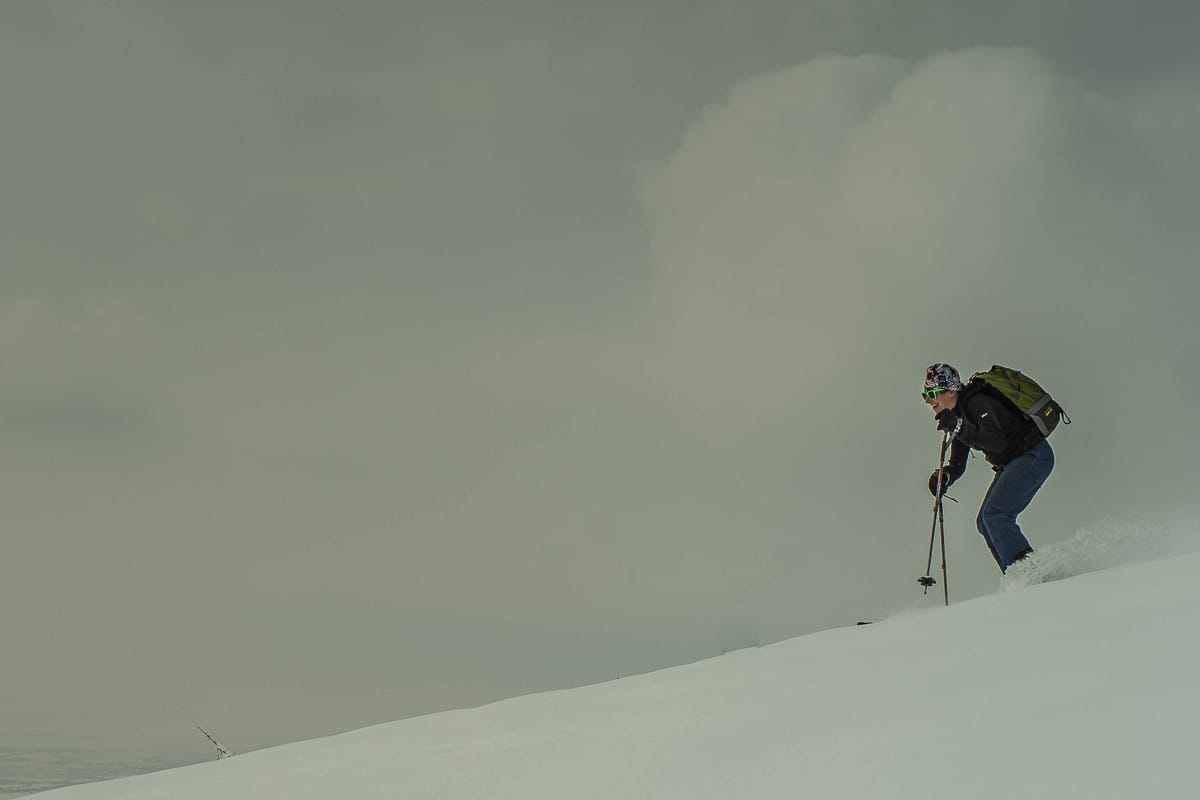
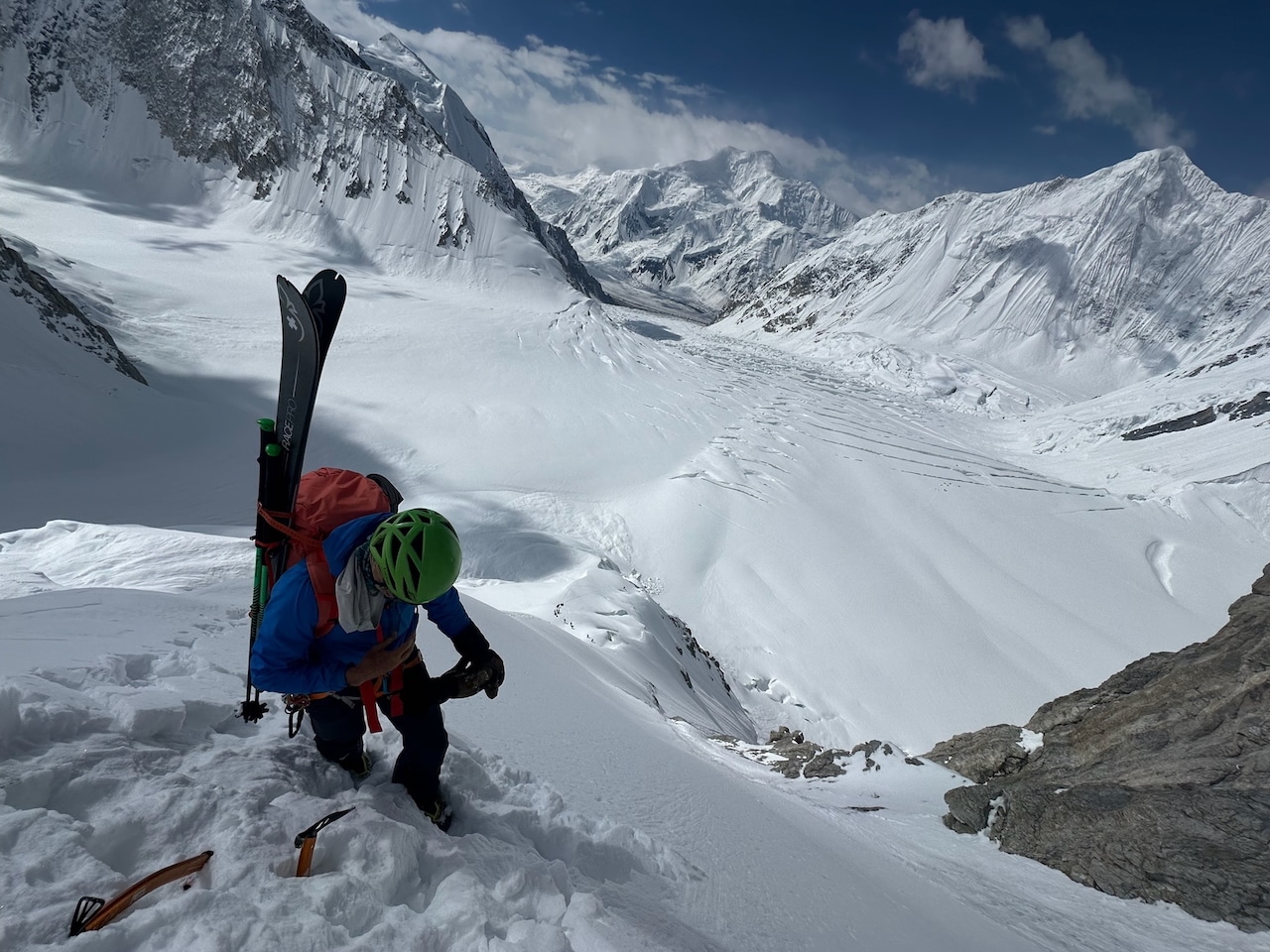
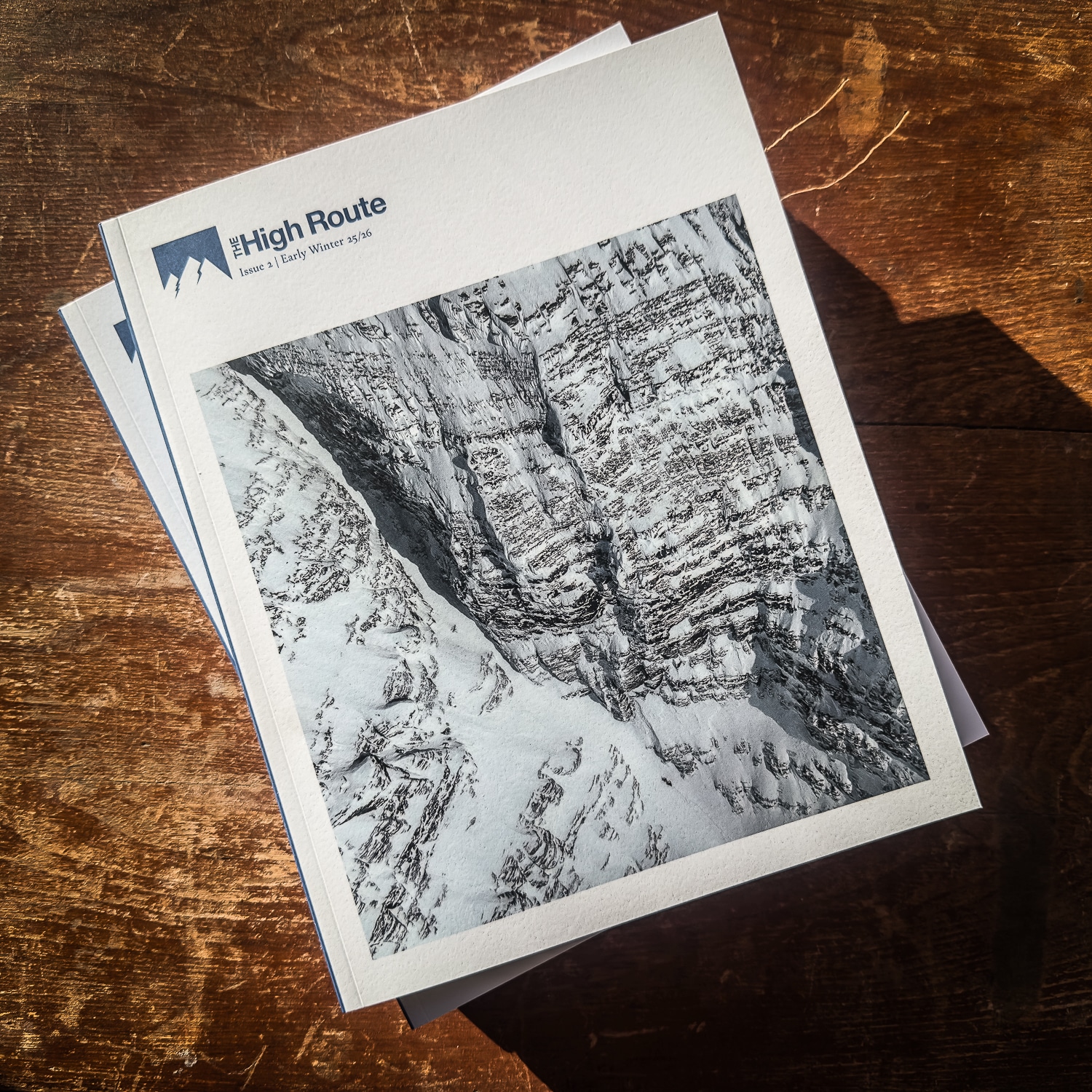
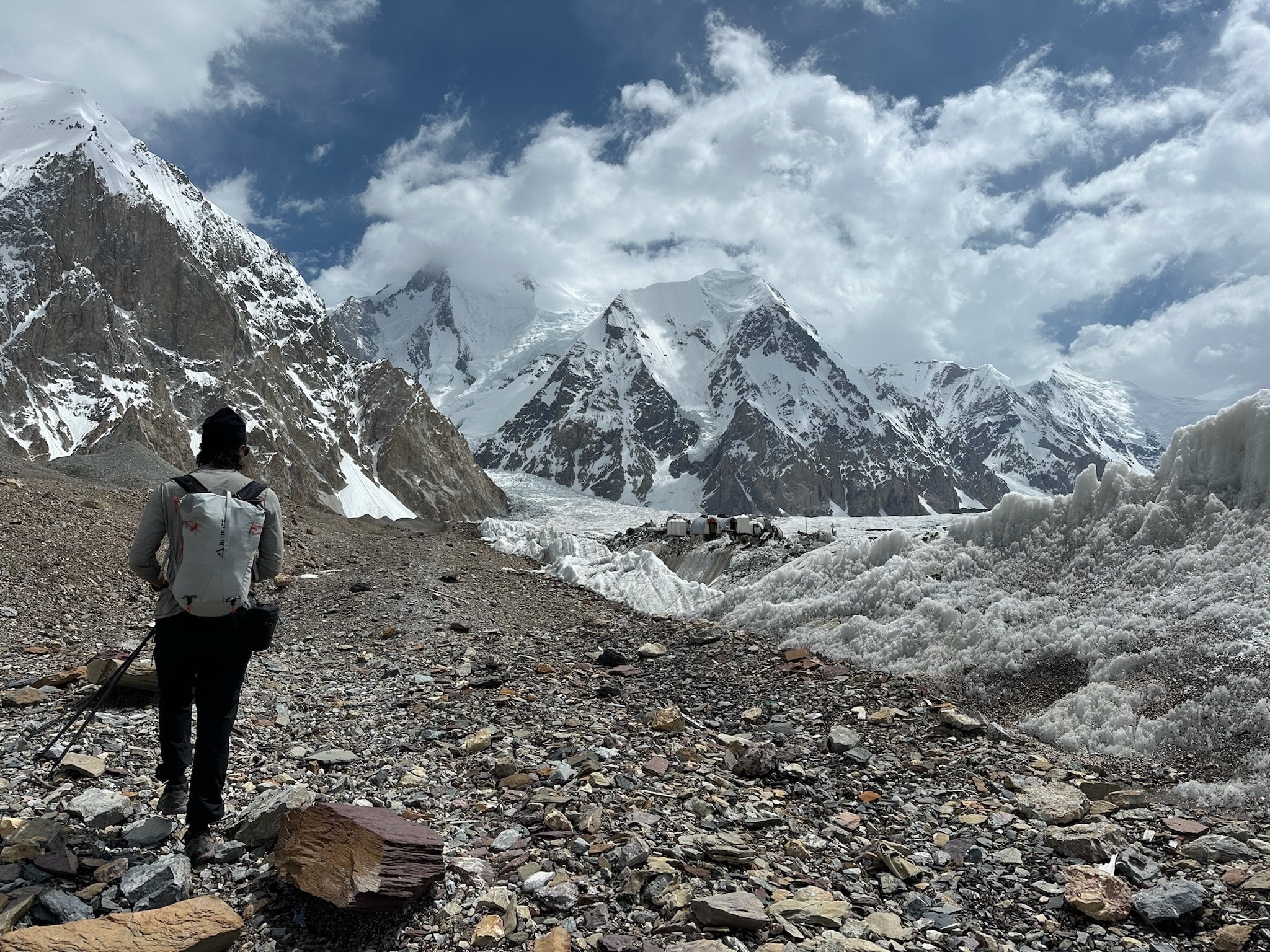
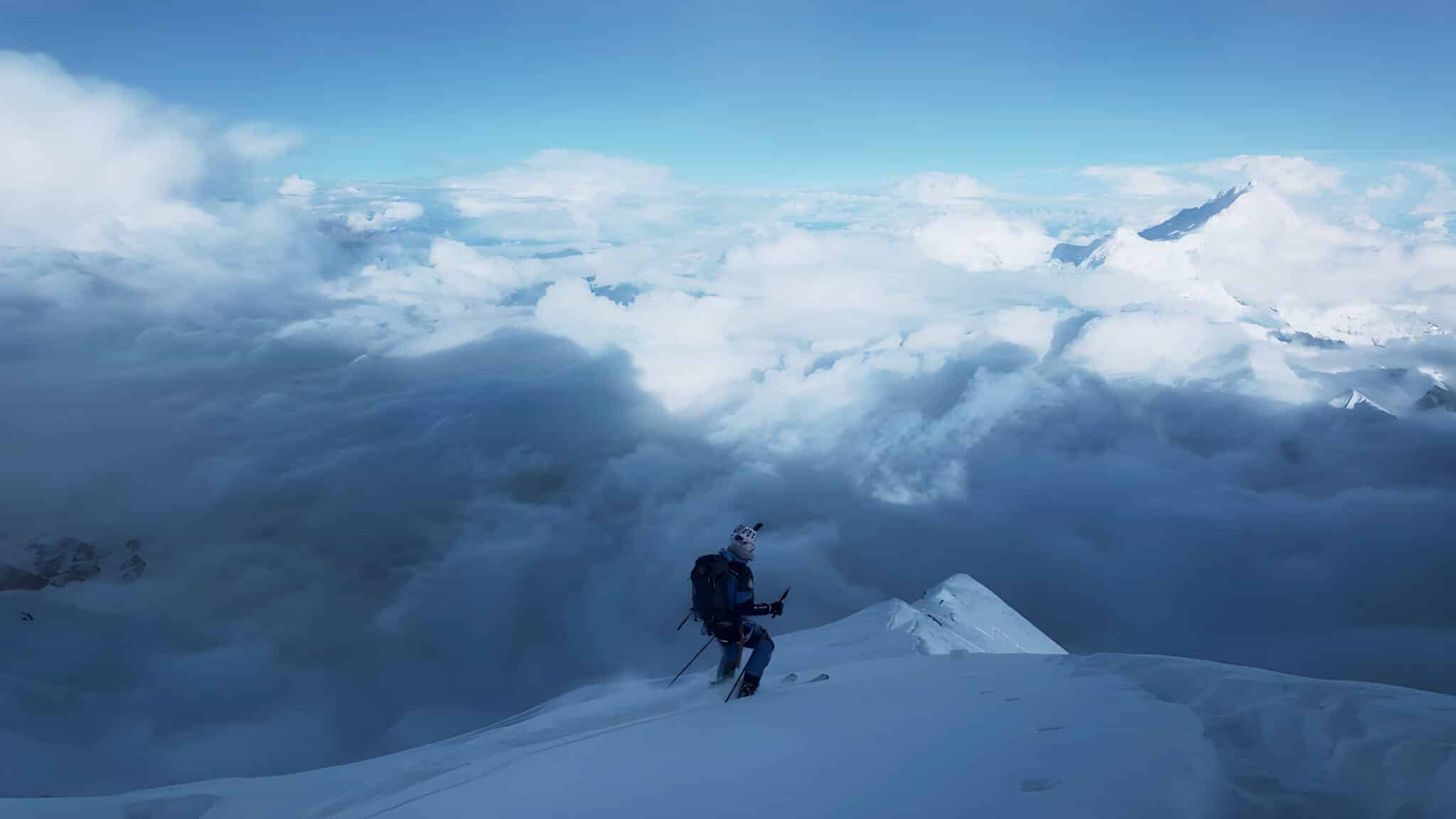
Leave a Reply
You must be logged in to post a comment.